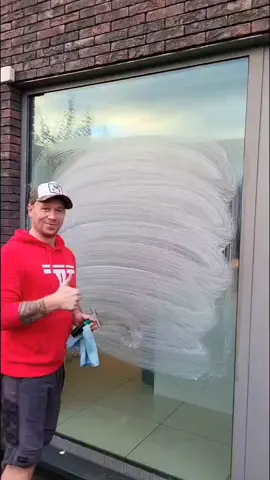clay
Region: US
Monday 26 May 2025 20:46:13 GMT
614
41
1
0
Music
Download
Comments
~Firefoxzii.edits~ :
THIS IS SO GOOD 💗
2025-05-27 22:43:26
0
To see more videos from user @claytonbever, please go to the Tikwm
homepage.





